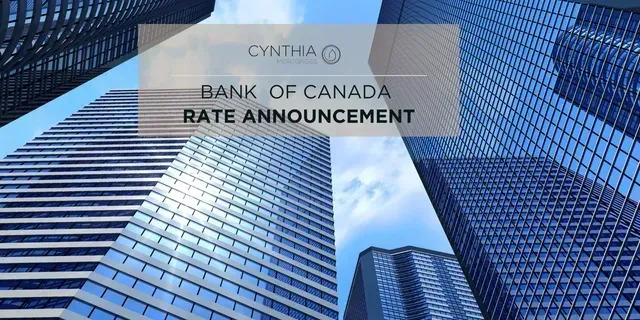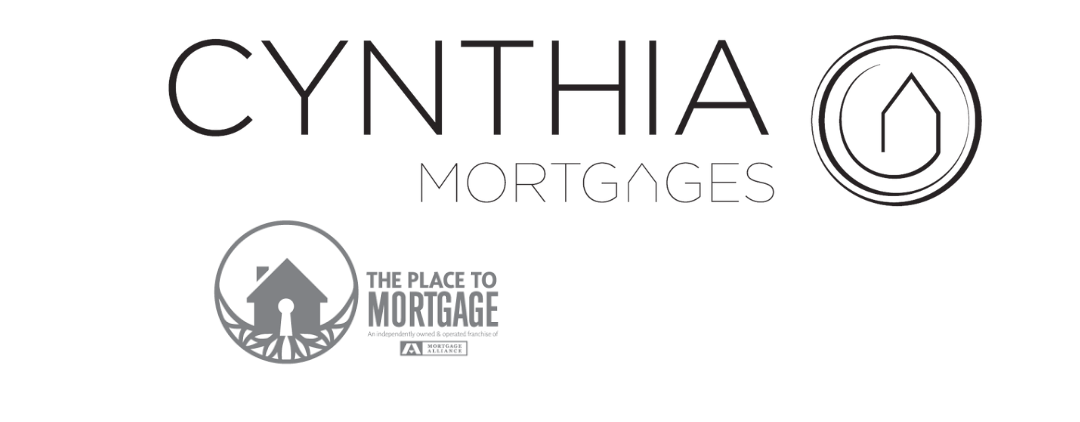Bank of Canada Rate Announcement Mar 8th, 2023
Bank of Canada maintains policy rate, continues quantitative tightening.
FOR IMMEDIATE RELEASE
March 8, 2023
The Bank of Canada today held its target for the overnight rate at 4½%, with the Bank Rate at 4¾% and the deposit rate at 4½%. The Bank is also continuing its policy of quantitative tightening.
Global economic developments have evolved broadly in line with the outlook in the January Monetary Policy Report (MPR). Global growth continues to slow, and inflation, while still too high, is coming down due primarily to lower energy prices. In the United States and Europe, near-term outlooks for growth and inflation are both somewhat higher than expected in January. In particular, labour markets remain tight, and elevated core inflation is persisting. Growth in China is rebounding in the first quarter. Commodity prices have evolved roughly in line with the Bank’s expectations, but the strength of China’s recovery and the impact of Russia’s war in Ukraine remain key sources of upside risk. Financial conditions have tightened since January, and the US dollar has strengthened.
In Canada, economic growth came in flat in the fourth quarter of 2022, lower than the Bank projected. With consumption, government spending and net exports all increasing, the weaker-than-expected GDP was largely because of a sizeable slowdown in inventory investment. Restrictive monetary policy continues to weigh on household spending, and business investment has weakened alongside slowing domestic and foreign demand.
The labour market remains very tight. Employment growth has been surprisingly strong, the unemployment rate remains near historic lows, and job vacancies are elevated. Wages continue to grow at 4% to 5%, while productivity has declined in recent quarters.
Inflation eased to 5.9% in January, reflecting lower price increases for energy, durable goods and some services. Price increases for food and shelter remain high, causing continued hardship for Canadians. With weak economic growth for the next couple of quarters, pressures in product and labour markets are expected to ease. This should moderate wage growth and also increase competitive pressures, making it more difficult for businesses to pass on higher costs to consumers.
Overall, the latest data remains in line with the Bank’s expectation that CPI inflation will come down to around 3% in the middle of this year. Year-over-year measures of core inflation ticked down to about 5%, and 3-month measures are around 3½%. Both will need to come down further, as will short-term inflation expectations, to return inflation to the 2% target.
At its January decision, the Governing Council indicated that it expected to hold the policy interest rate at its current level, conditional on economic developments evolving broadly in line with the MPR outlook. Based on its assessment of recent data, Governing Council decided to maintain the policy rate at 4½%. Quantitative tightening is complementing this restrictive stance. Governing Council will continue to assess economic developments and the impact of past interest rate increases, and is prepared to increase the policy rate further if needed to return inflation to the 2% target. The Bank remains resolute in its commitment to restoring price stability for Canadians.
Information Note
The next scheduled date for announcing the overnight rate target is April 12, 2023. The Bank will publish its next full outlook for the economy and inflation, including risks to the projection, in the Monetary Policy Report at the same time.








